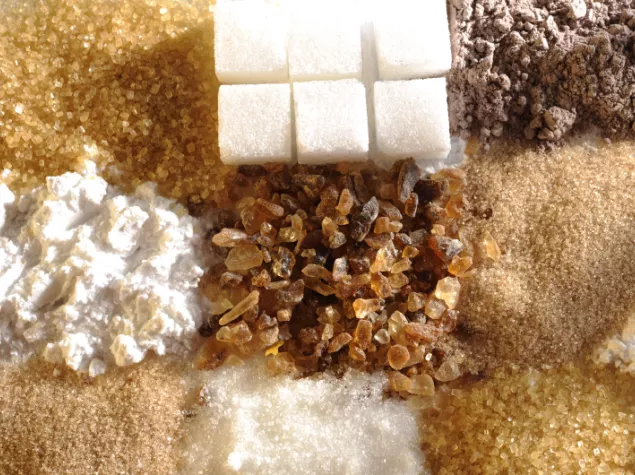
Dental caries
Dental caries (tooth decay) is a major global health issue, especially in low-income countries where protective factors such as access to fluoride (e.g., use of fluoride toothpaste) and dental treatment are less available (1,2). Dental caries can develop over time when saliva interacts with easily digested carbohydrates (e.g., sugars and starches) and the bacteria living on dental plaque (3–5).
Dietary sugars and risk of dental caries
Caries development is strongly influenced by various factors, including oral hygiene (e.g., toothbrushing), exposure to fluoride, frequency of exposure to easily digested carbohydrates, and other dietary factors (6–11). The World Health Organisation has recommended limiting the intake of free sugars to less than 10% of total calorie intake, based on the link found between sugars and dental caries. This was based on moderate quality evidence, classified as such because it is difficult for studies looking at the link between sugars intake and dental caries to fully account for all the different factors involved. Indeed, the European Food Safety Authority suggests the link between sugars intake and dental caries found in these studies is likely to be influenced by oral hygiene and the use of fluoride (11).








